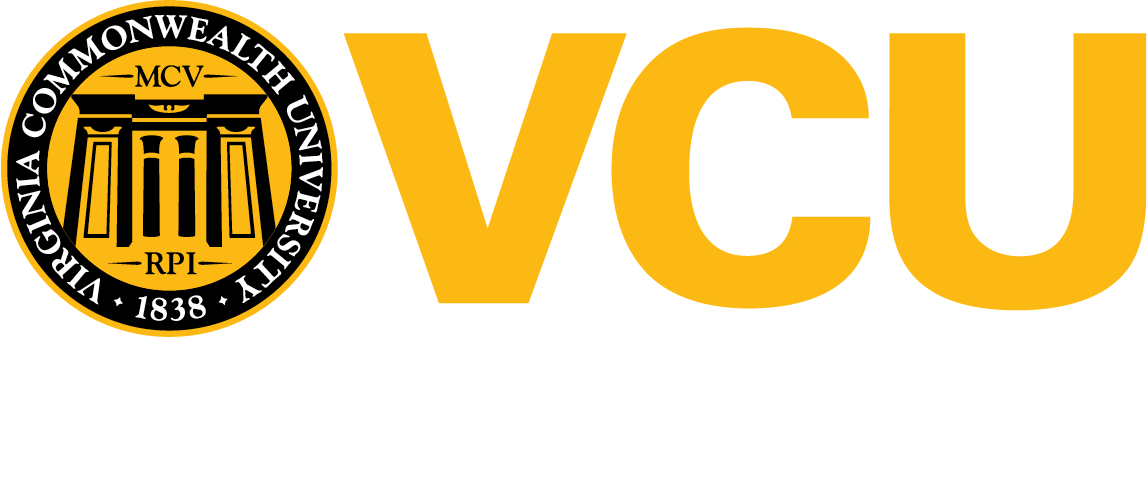Using Rubrics
What is a rubric?
A rubric is an objective assessment tool provided to students to clarify the criteria by which the instructor will be assessing the assignment (Brookhart, 2013; Popham, 1997, Stanly, 2021). It is also an effective way to engage students in dialogue on assignments and offer objective feedback on student work (Cecilia Ka Yuk Chan & Jiahui Luo, 2022). Stanly, (2021) ) recommends that teachers use a rubric if it can effectively and fairly assess their students’ skills compared to other assessment methods
Why should I use a rubric?
There are a number of researched-supported reasons instructors might want to use a rubric for an assignment, including:
Transparency: Scoring rubrics help teachers assess students’ work fairly and consistently. They allow teachers to give scores in a reliable and valid manner while explaining the reasoning behind the grades Ragupathi & Lee, 2020).
Consistency: Oftentimes, instructors have several sections of the same course. Rubrics ensure that the instructors are using the same grading process for each course (Gregory, 2014). Rubrics allow for fair and consistent grading, reducing variations in grades even when different people assess students’ work (Ragupathi & Lee, 2020).
Establishing objectivity: Rubrics make the goals and criteria of the lesson clear to students, aligning with the teacher’s objectives. When students receive feedback through these rubrics, it can guide them to do better on future assignments. This openness and feedback boost students’ confidence, belief in their abilities, self-awareness, and motivation (Ragupathi & Lee, 2020).
Efficiency: It’s no secret that grading assessments can sometimes take huge amounts of time. Rubrics help instructors streamline the process of grading and make grading more efficient.
Self-assessment and peer-assessment: Rubrics have the added benefit of allowing students to self-assess, as well as easily engage in peer-assessment activities (Stančić, 2021).
Track student improvement: Teachers might be more open to using rubrics if they see them as tools not only for evaluation but also for improving teaching and learning. They can use rubrics to give helpful feedback on strengths and areas for improvement, ultimately aiding learning, critical thinking, and skill development (Ragupathi & Lee, 2020).
Facilitate communication about the assessment: Having a framework to talk about students’ grades allows for objectivity and to reflect on their assignments (Stevens and Levi 2013).
Help make feedback timely: When students receive meaningful and detailed feedback promptly, they feel motivated to improve their current and future work. However, if there’s a delay in providing feedback, its impact on performance becomes less effective (Ragupathi & Lee, 2020).
Types of Rubrics
- Holistic rubric – a three to five-level performance criteria with broad descriptions of each level.
- Analytic rubric – a two-dimensional rubric with columns and rows that differentiate criteria and achievement.
- Single-point rubric – similar to analytic except it only describes the criteria for proficiency.
For a more in depth look at the rubric check out the following guide.
General Rubric Resources
Types for Rubrics from Depaul University Teaching Commons: Overview of different types of rubrics, with examples.
Types of Rubrics from TeachOnline@University of Wisconsin: Offers an overview of rubrics. Additionally, the menu on the left contains information about why to use a rubric, steps, and case studies.
Deciding Which Type of Rubric to Use from Southwestern University: Overview of analytic and holistic rubric, with benefits and drawbacks of each.
Analytic Rubrics
Resource from Carnegie Melon Everly Center: Provides an overview with several examples at the bottom of the page.
VALUE Rubrics from the Association of American Colleges & Universities: The Association of American Colleges & Universities has developed a set of rubrics with different focuses; these rubrics can be downloaded from their website.
Single-point Rubrics
6 Reasons to Try a Single-Point Rubric: Overview of single-point rubrics with examples.
Single Point Rubrics Coursera Course: A detailed look at single-point rubrics.
References
Balch, D., Blanck, R., & Blach, D. H. (2016). Rubrics—sharing the rules of the game. Journal of Instructional Research, 5, 19-47. Retrieved from ERIC.
Chan, C. K. Y., & Luo, J. (2022). Exploring teacher perceptions of different types of ‘feedback practices’ in higher education: implications for teacher feedback literacy. Assessment & Evaluation in Higher Education, 47(1), 61-76. DOI: 10.1080/02602938.2021.1888074
Gregory, J. (2014, September). Creating and using rubrics. Retrieved December 13, 2019, from https://ctl.iupui.edu/Resources/Assessing-Student-Learning/Creating-and-Using-Rubrics.
Gunawardena, C.N. (1995). Social Presence Theory and Implications for Interaction and Collaborative Learning in Computer Conferences. International Journal of Educational Telecommunications, 1(2), 147-166. Charlottesville, VA: Association for the Advancement of Computing in Education (AACE).
Stančić, M. (2021) Peer assessment as a learning and self-assessment tool: a look inside the black box. Assessment & Evaluation in Higher Education, 46:6, 852-864, DOI: 10.1080/02602938.2020.1828267
Ragupathi, K., & Lee, A. (2020). Beyond fairness and consistency in grading: The role of rubrics in higher education. Diversity and inclusion in global higher education: Lessons from across Asia, 73-95.
Shipman, D., Roa, M., Hooten, J., & Wang, Z. J. (2012). Using the analytic rubric as an evaluation tool in nursing education: The positive and the negative. Nurse Education Today, 32(3),246-249.
Stanley, T. (2021). Using rubrics for performance-based assessment : a practical guide to evaluating student work. Routledge.
Weiner, M., & Mehrabian, A. (1968). Language within language: Immediacy, a channel in verbal communication. New York: Appleton.
Hungry for more?
Please check out our website for more details about the course and support services. For any other questions please contact onlinefaculty@vcu.edu

